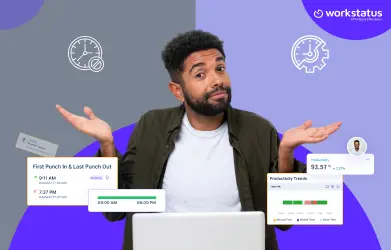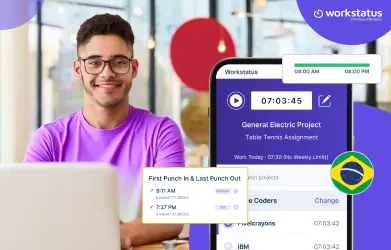Table of Contents
Recording employee attendance should not be as challenging as trying to solve a puzzle month after month, but that is precisely what convention systems put the HR teams through.
That is why HR managers are smartly switching to automated attendance systems. These tools are not just unclaimed time savers; they are dramatic shifts in how companies approach workforce management.
From a theoretical perspective, it is the solution for today’s workplace.
Now, let’s discuss why HR managers worldwide have abandoned conventional approaches and embraced change through automation.
Challenges of Traditional Attendance Systems
Here are some common challenges of traditional attendance systems:
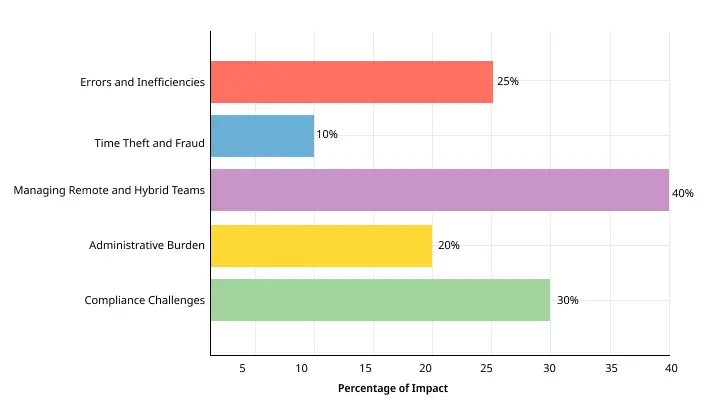
Errors and Inefficiencies in Manual Processes
Traditional attendance systems greatly depend on manual input, so they are rife with errors. Employees fail to punch in or out, timesheets are inaccurately read or recorded, or errors are associated with manual data entry.
These mistakes cause
- Disparities in payroll
- Inaccuracies lead to delays
- Negatively impact work process
Time Theft and Fraud
A common disadvantage of manual attendance systems is time theft. For example, employees can authorize other employees to punch in for them, work a full day yet ’round off’ halfway through, or even intentionally forget to clock off.
- Costly behaviors reduce productivity
- Effects worsen over time
- Real-time monitoring prevents issues
Managing Remote and Hybrid Teams
With more organizations adopting remote and hybrid workplace models, traditional attendance systems have a new problem to solve. One of the biggest concerns with remote work is that it becomes difficult to identify employees’ roles and when they are working.
- Manual systems lack flexibility
- No visibility of actual work hours
- Discrepancies and noncompliance
Administrative Burden
When attendance tracking is done manually, it becomes one of the most tedious tasks. However, it is essential, as HR professionals spend approximately hours each month reviewing, correcting, and processing the timesheets.
- Repetitive work wastes time
- Higher risk of oversight
- Potential payroll/legal errors
Compliance Challenges
Keeping track of labor laws and regulations manually is no easy feat. With constantly changing rules around overtime, breaks, and paid leave, traditional systems find it challenging to keep up.
- Manual compliance is error-prone
- Fines imposed due to errors
- Automation ensures compliance
Now that you know the challenges of traditional attendance systems, let’s learn all about switching to attendance management software.
Key Reasons HR Managers Prefer Automation
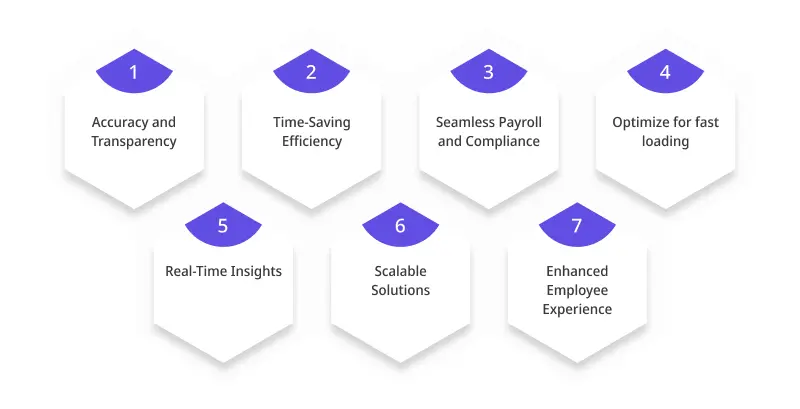 HR managers have had enough of the manual grind, and it’s no surprise why. Automated attendance systems are quickly becoming the go-to choice for businesses looking to streamline their operations, and for good reason!
HR managers have had enough of the manual grind, and it’s no surprise why. Automated attendance systems are quickly becoming the go-to choice for businesses looking to streamline their operations, and for good reason!
Attendance systems and other tracking tools typically go hand in hand with personnel management HR systems, working together to streamline HR processes. By integrating attendance tracking with these systems, businesses can automate timekeeping, payroll processing, and performance management, all within one cohesive platform. This integration reduces the need for manual input and helps ensure more accurate and efficient HR operations.
Let’s break down why HR professionals are making the switch:
Accuracy and Transparency
Manual errors, such as forgotten clock-ins or data entry mistakes, are a thing of the past. Automated attendance & shift scheduling software provides real-time tracking and reliable records, simplifying payroll and building employee trust.
Time-Saving Efficiency
No more tedious timesheet reviews. Automation tracks attendance in real-time and generates reports instantly, freeing up HR teams to focus on strategic work.
Seamless Payroll and Compliance
Automated systems integrate with payroll for error-free processing and stay up-to-date with labor laws, ensuring compliance without the hassle.
Real-Time Insights
With real-time automated employee tracking, HR managers can effortlessly monitor attendance patterns and employee productivity. Need a report? It’s just a few clicks away.
Scalable Solutions
As businesses grow, automated workforce management solutions adapt seamlessly to manage new hires, shifts, and locations, sparing HR teams from manual adjustments.
Enhanced Employee Experience
Employees benefit from easy-to-use tools for clocking in, checking hours, and requesting time off, promoting trust and transparency.
Thus, automation isn’t just an upgrade but a game-changer for HR teams and employees.
Workstatus as the Go-To Attendance Solution
For stress-free attendance management, Workstatus is one of the best employee attendance tracking tools that will suit any business. Built to navigate today’s evolving work environments, Workstatus features robust performance features while maintaining a simple interface, ensuring it is appropriate for any business.
Here’s why it’s the perfect fit:
Real-Time Attendance Tracking
![]() Workstatus eliminates uncertainty with automated employee tracking for in-office, remote, and hybrid staff. Employees can clock in using any app, web, or mobile device at their desks or in the field.
Workstatus eliminates uncertainty with automated employee tracking for in-office, remote, and hybrid staff. Employees can clock in using any app, web, or mobile device at their desks or in the field.
Geo-Fenced Attendance
![]() Say goodbye to manual checks! Geo-fencing ensures employees are at the right location before they clock into work. It is ideal for organizations with field staff or those that cover many regions.
Say goodbye to manual checks! Geo-fencing ensures employees are at the right location before they clock into work. It is ideal for organizations with field staff or those that cover many regions.
Simplified Leave and Overtime Management
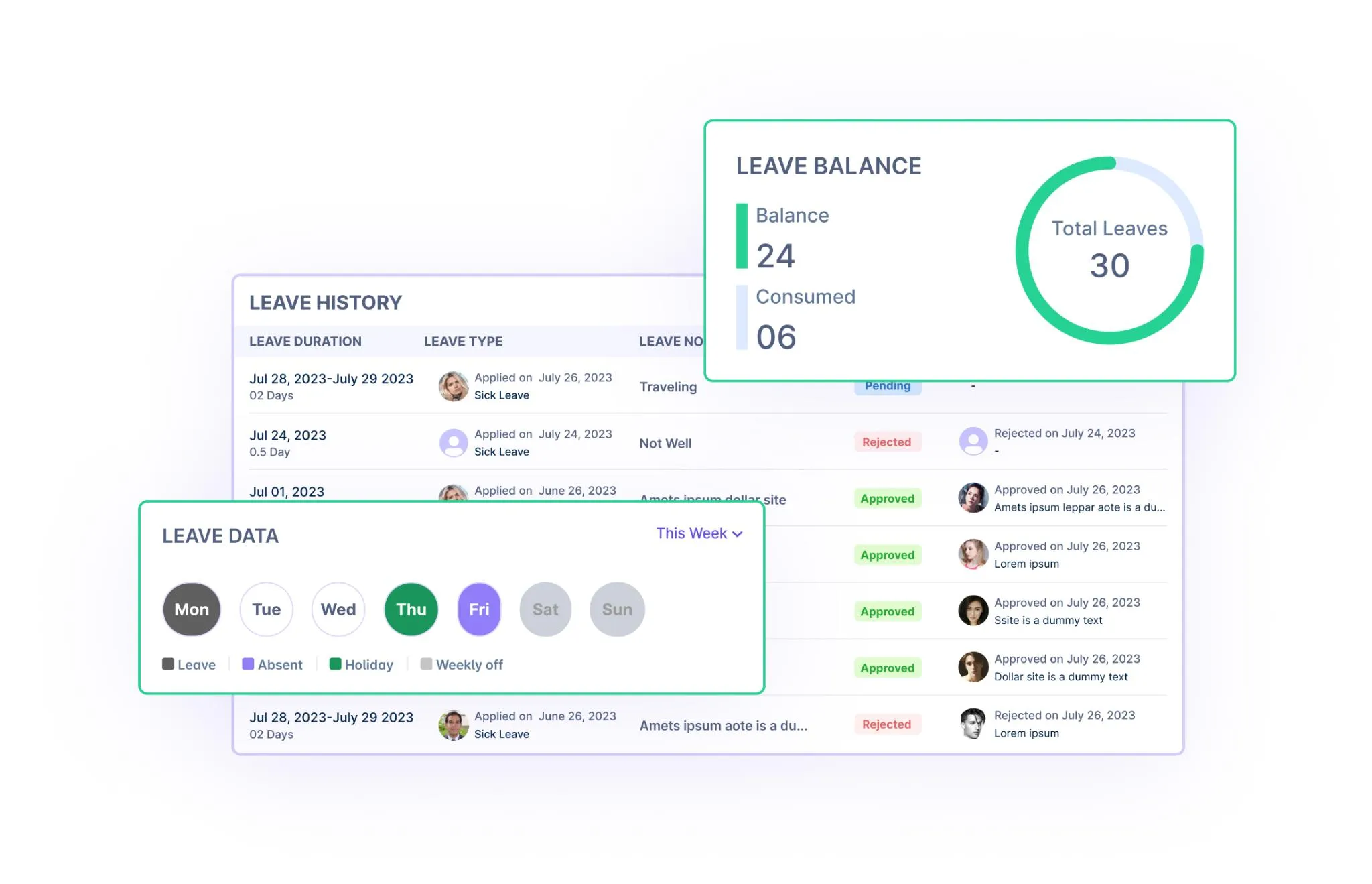 It streamlines leave and overtime requests, enabling direct employee applications and quick manager approvals for efficiency.
It streamlines leave and overtime requests, enabling direct employee applications and quick manager approvals for efficiency.
Comprehensive Reports and Insights
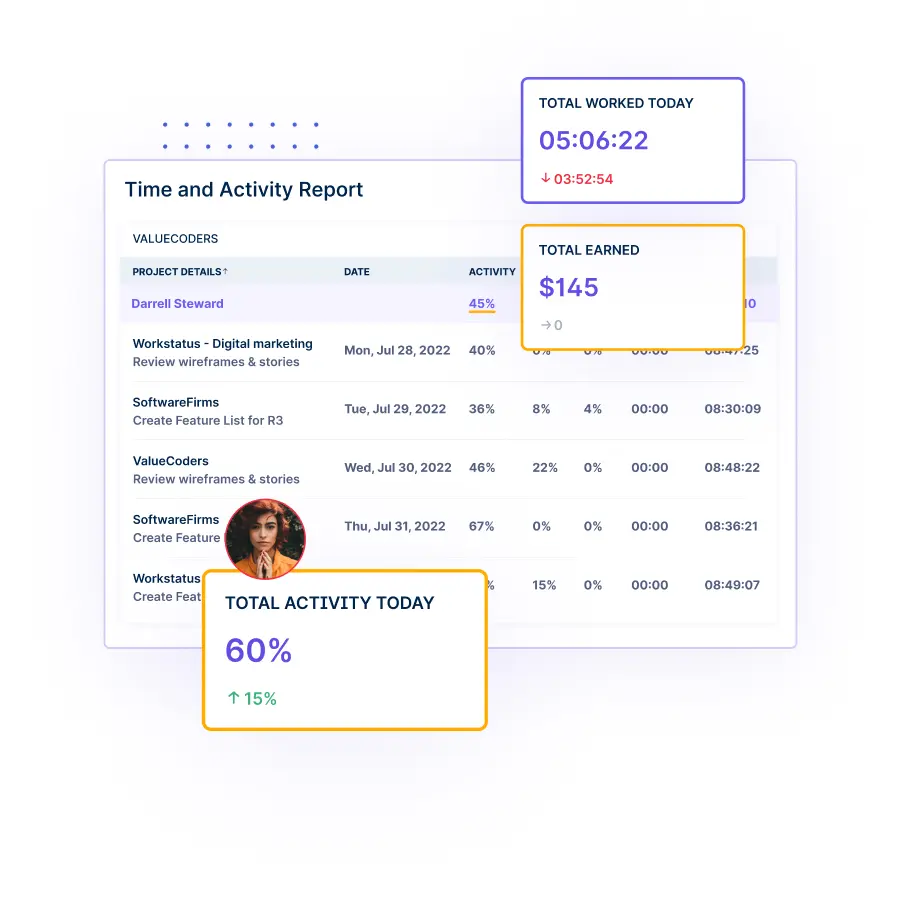 This top attendance tracking solution tracks employee attendance, providing insights into trends, overtime, and absences to improve organizational decision-making and efficiency.
This top attendance tracking solution tracks employee attendance, providing insights into trends, overtime, and absences to improve organizational decision-making and efficiency.
What makes Workstatus unique is that it is not just an attendance solution; it also increases productivity, helps with compliance, and saves time. Due to the functionality and sheer simplicity of use, it is unsurprising that businesses seek Workstatus as their leading attendance tracking software.
Do Automated Systems Really Improve Employee Experience?
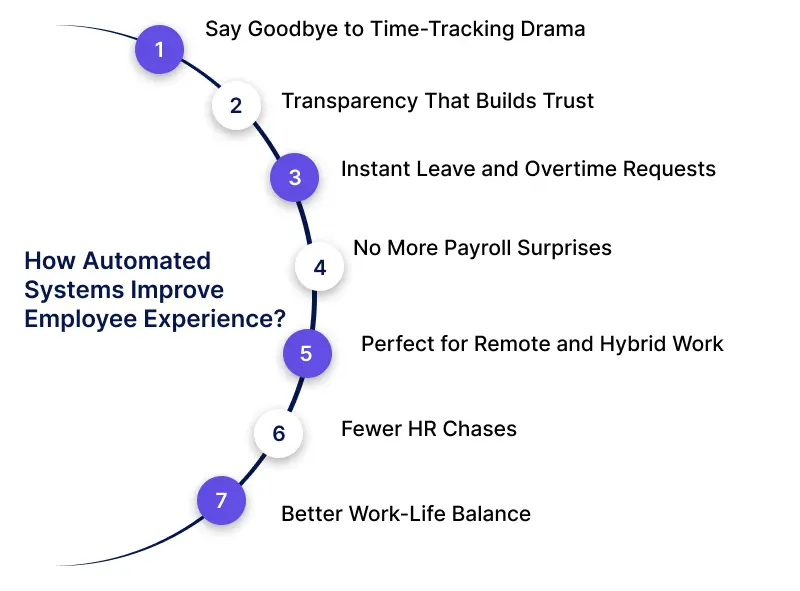
Say Goodbye to Time-Tracking Drama
Taking breaks and returning to work could not be easier—simply tap, click, swipe, and voila.
Transparency That Builds Trust
Using the bank’s records of attendance, overtime, and remaining leave days, employees don’t need to worry about whether or not they are observed correctly.
Instant Leave and Overtime Requests
Applying for leave and overtime is as easy as ordering a pizza. There are no papers to complete for applying and no waiting long to get permission.
No More Payroll Surprises
Payday is all joy if paid correctly, with work hours enrolled in an automated system and little or no complaints.
Perfect for Remote and Hybrid Work
For employees who work from home, such solutions give the impression that they are in the office.
Fewer HR Chases
Scheduling automatically gets out of the way so employees do not waste time hiding the timesheets.
Better Work-Life Balance
Employees can always work without fixed shifts to reduce stress and improve work-life balance.
Key Considerations for Adopting an Automated System
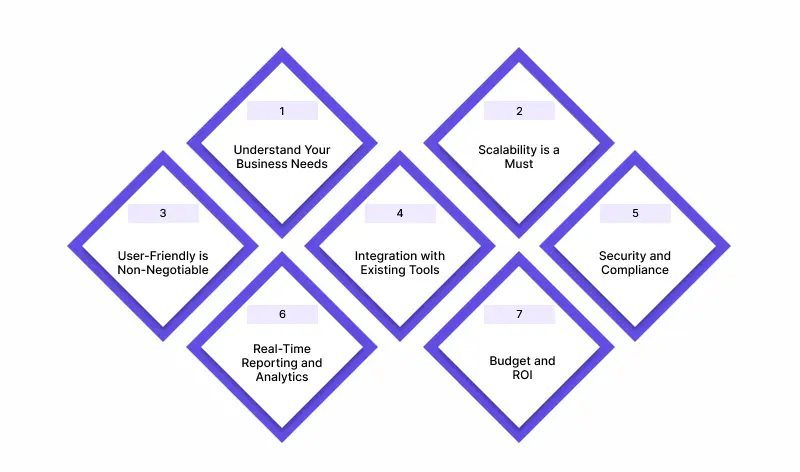 If you consider implementing an automated attendance system, it seems easy. However, it is helpful to weigh a few primary elements before fully submerging oneself in it for one’s organization.
If you consider implementing an automated attendance system, it seems easy. However, it is helpful to weigh a few primary elements before fully submerging oneself in it for one’s organization.
Let’s break it down:
Understand Your Business Needs
The first step to finding the best employee time tracking software involves determining your organization’s requirements. Are you struggling to work with remote workers, minimize time theft, or administer paychecks? Knowing your difficulties in selecting the proper system for your requirements can help.
Scalability is a Must
As your business progresses, it is logical that you would want your attendance system to do the same. Regardless of whether you have plans to increase your employee base or to implement work options like telecommuting, be assured that the system can expand with your business.
User-Friendly is Non-Negotiable
It is not the right fit if your employees and managers can’t identify the operational model. Thus, you need to find a platform that offers easy navigation and doesn’t require an advanced degree. Extra credits if it has a mobile feature to track the steps on the move!
Integration with Existing Tools
Your attendance system should not work in isolation. Ensure it is compatible with your current payroll and, most importantly, human resource information system. The more time you save from manual data transfers, the better.
Security and Compliance
Information security is a fundamental matter for the personnel involved. Choose a system with high-security measures, such as encryption and access rights. Similarly, ensure the system is updated with Labor laws to help you avoid breaking the law in these areas.
Real-Time Reporting and Analytics
Any great system should provide more than a check; it should offer data. Opt for one that provides the most current reports, analysis, and graphical representation to plan for the future.
Budget and ROI
Lastly, do not forget about the budget. Avoid looking for all the fancy features in the first place, but strive to find those aspects of the utmost value to your business. Consider the long-term costs and benefits, such as time saved, fewer mistakes, and enhanced productivity.
Implementing an automated system is a drastic measure, yet the right approach improves the attendance practices and the flow of your business processes. As a result, it should be seen as an investment in making work requiring collaboration easier for all the parties involved.
Closing Thoughts
Still, tracking attendance manually? Today’s HR teams need better workforce management solutions. Modern systems like Workstatus automate the tedious stuff, catch errors before they happen, and show you real-time attendance patterns. That means less time pushing paper and more time focusing on what matters – your people.



